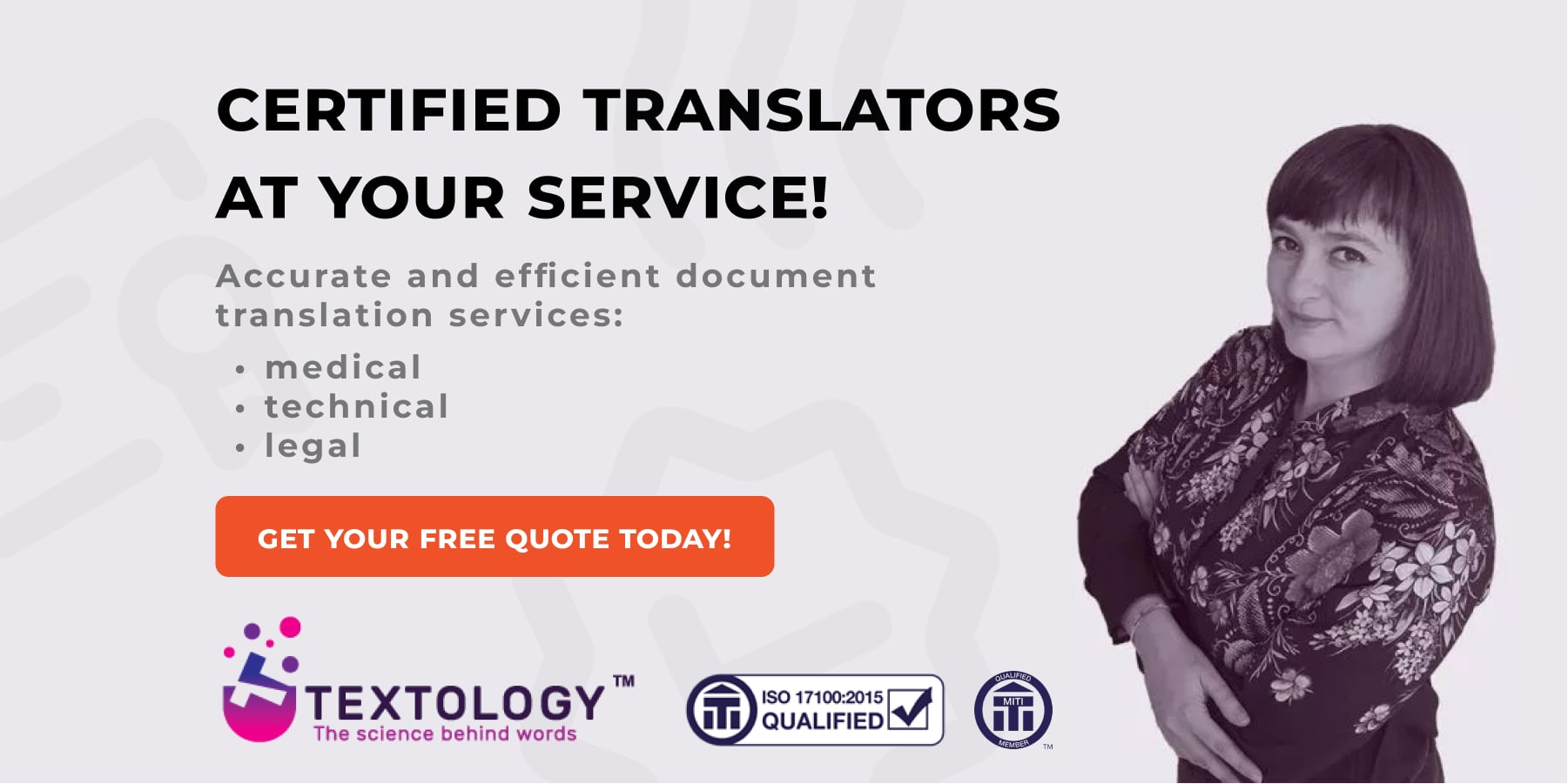
A safety data sheet is a document that contains information on occupational health and safety when using various substances and products. Safety data sheets provide instructions for safe use and list potential hazards associated with a given material or product. They also include procedures for dealing with contamination with this substance. An SDS is most often used in the case of chemicals, chemical compounds, and mixtures.
What are MSDS and PSDS?
SDS, MSDS, and PSDS are basically the same types of documents. MSDS stands for Material Safety Data Sheet, and PSDS stands for Product Safety Data Sheet. However, MSDS and PSDS are old formats that were withdrawn when the UN introduced GHS – the Globally Harmonized System of Classification and Labelling of Chemicals. This system includes standard specifications for SDSs. The format contains 16 sections, the characteristics of which will be presented later in the article.
GHS is the UN’s response to differences in individual national laws regarding the identification and handling of chemicals. The same chemicals may be differently classified in various countries. Legal differences have even resulted in situations where a substance has been labelled as toxic in a number of countries and not in others. It should be emphasized that health and safety obligations will not change when Britain leaves the EU.
This may interest you: Safety Data Sheets Translation Services.
What is found on a safety data sheet?
The aforementioned format implemented in the Globally Harmonized System of Classification and Labelling of Chemicals assumes a user-friendly datasheet about a given product or substance consisting of 16 sections. It should include information on the properties of chemicals, physical, health and environmental hazards associated with the use of the substance, and recommended protective measures and precautions for the handling, storage, and transport of the chemical.

What are the 4 main purposes of an SDS?
The four main purposes of SDS are:
- Product and supplier identification.
- Exchange of potential physical, health, and environmental hazards.
- Prevention – steps to be taken to maintain safety at work, minimize or prevent exposure to danger or in an emergency.
- Specify appropriate responses in various situations (e.g. first aid, fire, or contamination).
What are the 16 sections of a safety data sheet?
All information that should be on the product or substance safety data sheet has been specified in the GHS by the UN. For the sake of transparency and user-friendliness, this information has been catalogued and grouped into 16 sections.
Sections 1 to 8 contain basic information about the substance or mixture. These include information on the substance and its supplier, identification (including the product identifier, data on the supplier of the safety data sheet, or an emergency telephone number), hazards (classification of the substance or mixture and labelling elements), composition and information on ingredients, first aid measures, procedures in the case of fire-fighting and accidental releases, handling and storage of substances and mixtures, as well as exposure control/personal protection. Including this information in the first part of the safety data sheet allows finding the data quickly, which is especially important in the event of an emergency.
Sections 9 to 11 and section 16 contain further technical and scientific information. They relate to physical and chemical properties, stability and reactivity (including the possibility of hazardous reactions and conditions to be avoided) and toxicological information. Section 16 presents other data, such as the date of preparation or the last SDS inspection.
Sections 12 to 15 are required according to GHS but are defined by OSHA (Occupational Safety and Health Administration) in the USA. They present ecological information (such as toxicity, bioaccumulation, soil mobility, harmful effects), waste management rules, and transport information.
The SDS must also state that if the user does not find the right information in the document, it was not possible to provide it due to the lack of data.
Read also: What is Terminology Management?
SDS translations
Despite efforts to harmonize legal requirements for SDS, their form and content still differ from one country to another. Therefore, it is important that the translator knows the local legal context and is able to adapt the document to these requirements. TEXTOLOGY, a translation agency based in London, offers specialised translation services. Safety data sheets are prepared by experienced specialists who specialise in the chemical industry.

